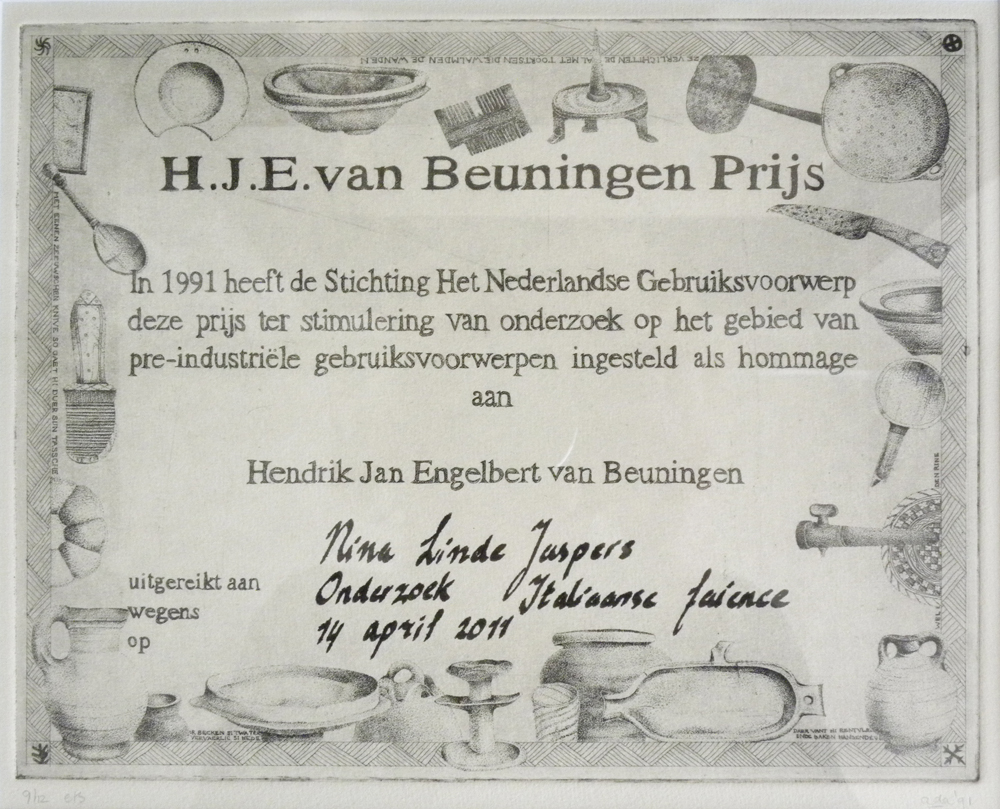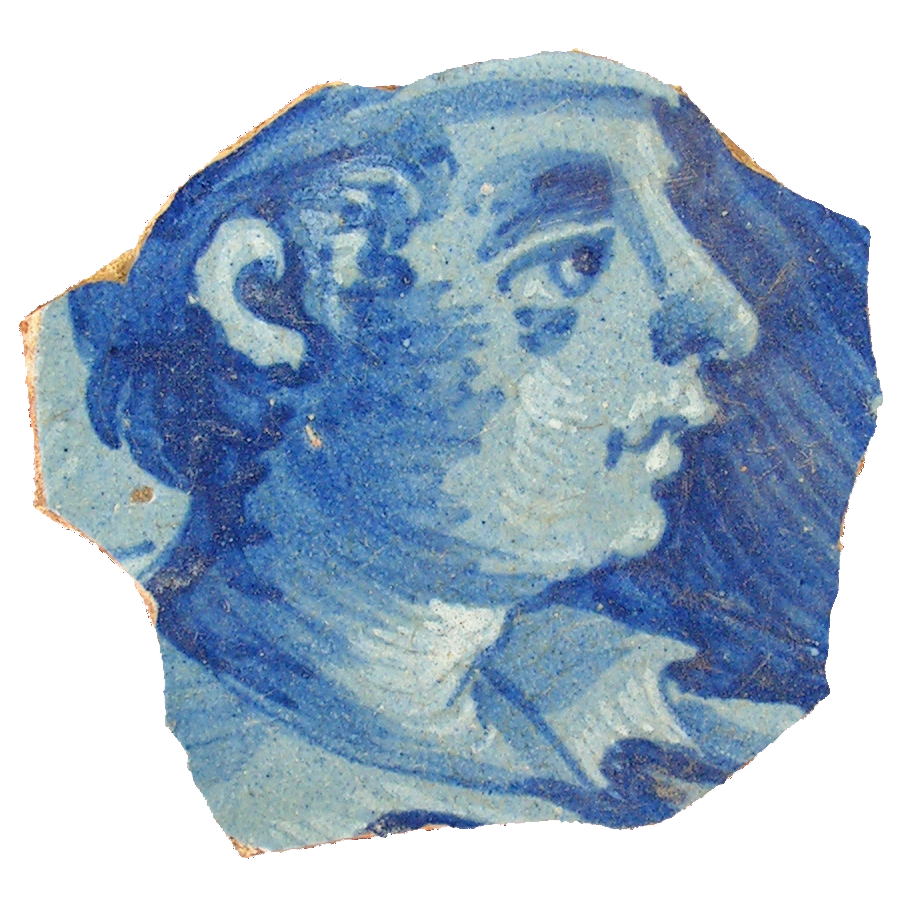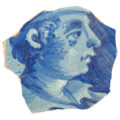about
terra cotta incognita
Terra Cotta Incognita is an Archaeological Research & Design Studio in Zaandijk (the Netherlands) run by Nina Linde Jaspers. She co-operates nationally and internationally on archaeological and art-historical projects with a wide range of specialists, scientists, archaeologists and artists. Eye for detail and a broader vision go hand in hand. She gathers her freelance projects & academic research on late medieval and early modern domestic ceramics (i.e. production, exchange, use and typology) under the flag of Terra Cotta Incognita.
Research
Special interest goes out to early modern maritime trade ceramics, provenance and distribution studies on internationally traded tin glazed ceramics and analyses of production waste and product lines from ceramic workshops.
Design
The love for combining graphic design, artistic photography, illustrations and substantive archaeological research on material culture enhances the archaeological narrative in a visually expressive manner. Results from different archaeological material substudies (e.g. ceramic, glass, wood, metal, textile, archaeozoological, archeobotanical, etc.) are synthesized and integrated into one story and presented in beautiful still life photography.
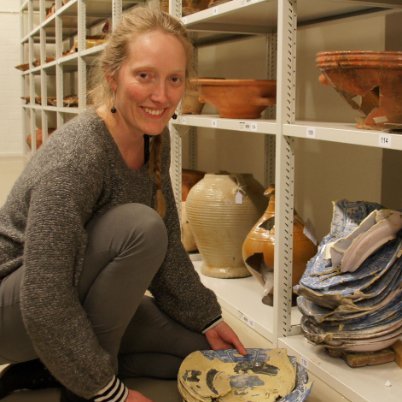
Nina Linde Jaspers (1976, Groningen), founder and owner of Terra Cotta Incognita.
curriculum vitae
From 2006-2014 she worked as a specialist for medieval and early modern ceramics at ADC-ArcheoProjecten, where she analysed finds and wrote many reports on archaeological ceramics from the period between 900 AD until the subrecent past, excavated all over the Netherlands. In 2009 she founded Terra Cotta Incognita, an archaeological research and design studio for (post-)medieval material culture, while continuing at ADC ArcheoProjecten. Since 2014 she operates full time as Terra Cotta Incognita for archaeological companies, municipalities, universities, educational institutions, museum collections and more.
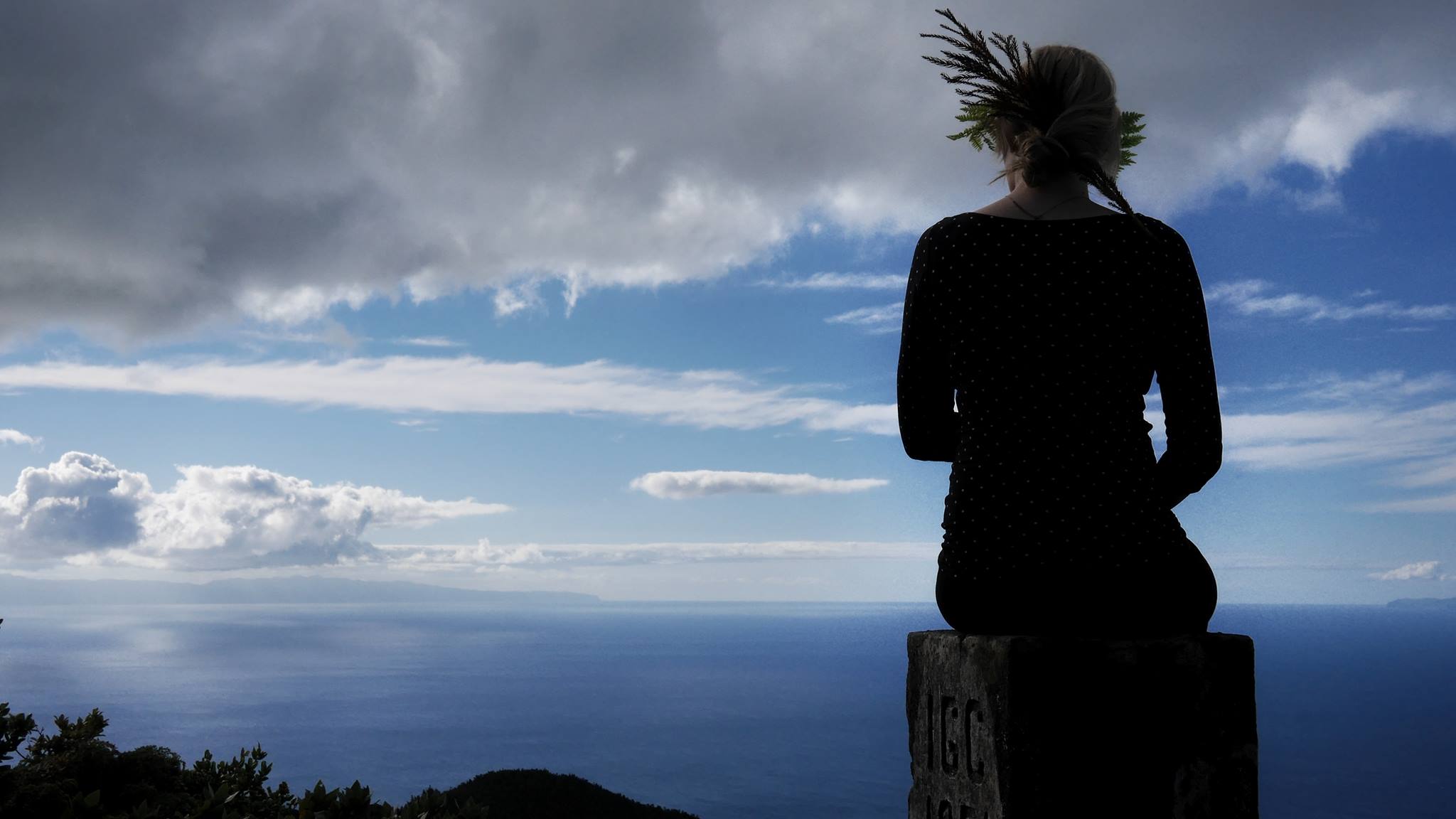
languages
Dutch: mother tongue
English: verbally and writing good
Portuguese: verbally and writing adequate
(Universidade de Coimbra: Portuguese course level II, 3rd academic year of classes and exams in history, archaeology and art-history in Portuguese)
Italian: verbally and writing moderate
(Hogeschool van Amsterdam: Italian course level II)
Spanish: verbally and reading moderate
French: passive understanding, verbally elementary
German: passive understanding, verbally elementary
Frisian: mothers’ mother tongue (for me, only passive understanding)
current research
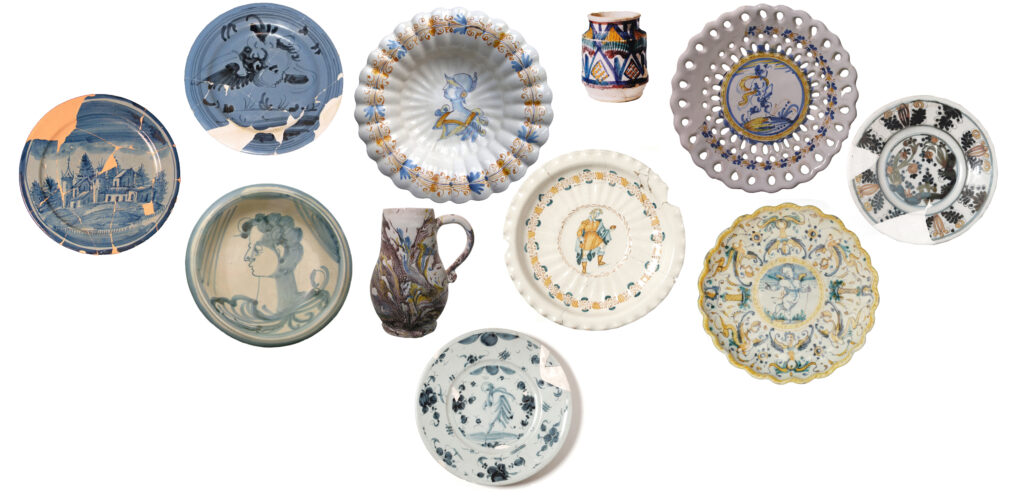
Nina Jaspers completed her MA-thesis on 16th- and 17th-century Italian imported ceramic from Dutch soil in 2007 at the University of Amsterdam. Prof. dr. J.H.G. Gawronski and S. Ostkamp MA coordinated the research, which resulted in a classification model for Italian ceramics among Dutch archaeological finds. She received the H.J.E. van Beuningen Award for this MA-thesis and two subsequent articles.
She continued this research, and published several papers on the subject, which will result in a PhD-thesis at Leiden University (PhD supervisors: prof. dr. Frans Theuws, dr. Roos van Oosten & prof. dr. Titus Eliëns). The classification model focusses on providing the correct attributions concerning decorative groups, provenance and dating for Italian ánd French tin glazed ceramics that archaeologists encounter in Dutch soil. Several hypotheses on provenance from this research have been tested and confirmed by conducting various types of archaeometric analyses (pXRF, SEM-EDS, ICP-MS) by Simone Casale in cooperation with the Cultural Heritage Agency of the Netherlands and the Vrije Universiteit Amsterdam. The cultural and economic exchange of these colourfully decorated imports will be placed in a broader international context.
The Dutch cesspits provide for extraordinarily well preserved finds. Most shards are refitted to more or less complete objects of imported table ware. Therefore, this dissertation will be richly illustrated and with the potential to be used internationally as a handbook for Italian and French tin glazed export ware.
links to scholarly and professional websites
acknowledgements
The current PhD-research has been made possible thanks to stipendia, funds, assignments and awards by: Ottema-Kingma Foundation | GWO Foundation | Istituto Universitario Olandese di Storia dell’Arte, Florence (Italy) | Modderman Foundation | Elly Cassée Foundation | Stichting Fries Aardewerk | Stichting Het Nederlands Gebruiksvoorwerp | H.J.E. van Beuningen Award.
